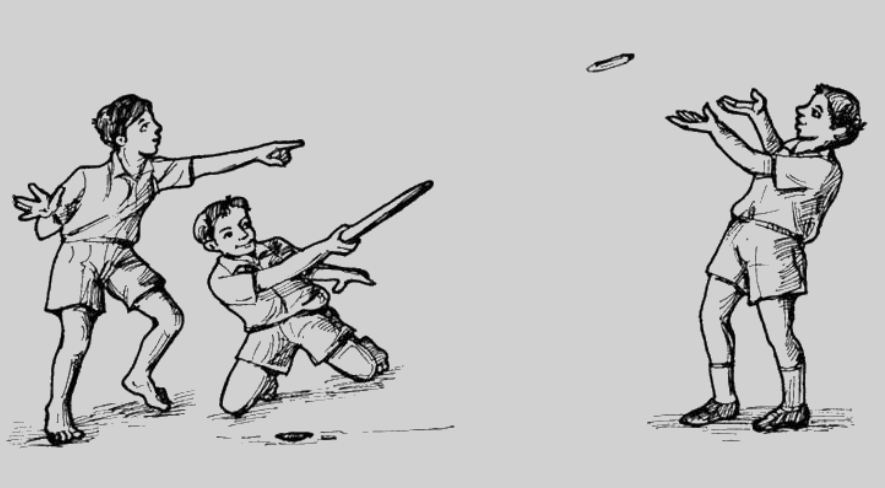Much like arts, sports are not time-bound. Sports that appear contemporary have had their origins in ancient civilisations, not only as recreational activities but also as a way of life. Sport was seen as an avenue to hone children’s physical strength and soft skills. It symbolised human virtues, such as commitment, dedication, awareness, empathy, and forgiveness. Games were also crucial for building social, moral, and cultural character of individuals and of the society.
Here is a list of sports and games from our ancient Indian knowledge system.
- Kabaddi
The world-famous sport of Kabaddi was introduced in the Vedic period. It was played by the Yadavas, an ancient community residing in western India. Today, Kabaddi is a common sight across the streets, villages, and playgrounds of the country.
- Wrestling or ‘Pahalwani’
Previously known as ‘Malla-Yuddha,’ wrestling was practised as early as the 5th millennium BC, according to the Malla Purana. Further developed in the 13th century, it acted as the precursor of modern wrestling. In present-day India, ‘pahalwani’ also finds many women championing the art.
- Badminton
Badminton first began in the garrison city of Poona in the 1860s. In fact, “Poona” was one of its earliest names in British India. Modern-day badminton has also evolved from an old children’s game in England called battledore and shuttlecock.
- Polo
Polo originated in Manipur in the 19th century. The game was known as ‘Sagol Kangjei,’ ‘Kanjai-bazee,’ or ‘Pulu,’ which later became “polo” in the anglicised version. India’s first polo club was established in Silchar, Assam, in 1833.
India is also home to a wide range of traditional games, which provide opportunities for fun, social engagement, and festive entertainment. We have compiled some of them below.
- Lagori
Most popularly known as Pithu-Phod, Lagori has many other names in different corners of India. The game is played with a ball and 9 flat rocks.
- Gilli-Danda
This sport features a small stick (gilli) and a large stick (danda), not unlike cricket. It used to be a common sight on Indian streets before it was replaced by the modern bat and ball.
- Kite-flying
Kite-flying is pursued as a recreational and festival marker in India. Kite-flying competitions are almost a ritual during Makar Sankranti and Independence Day celebrations.
- Kho-Kho
Kho-Kho is a traditional tag sport played by teams of twelve players who try to avoid being touched by members of the opposing team; only nine players of the team enter the field. It is one of the most widely played games in schools, other than Kabaddi.
- Indian Martial Arts
India has many traditional regional forms of martial arts such as lathi khela, sqay, kalari, kushti, thang-ta, and silambam. These sports are not just seen as physical activities but also considered spiritual practises requiring a great deal of discipline and devotion.
These are only a few games interlaced in the cultural and social dynamics of India. But the above lists are proof that the ancient Indian knowledge system promotes the holistic well-being of individuals and society.

